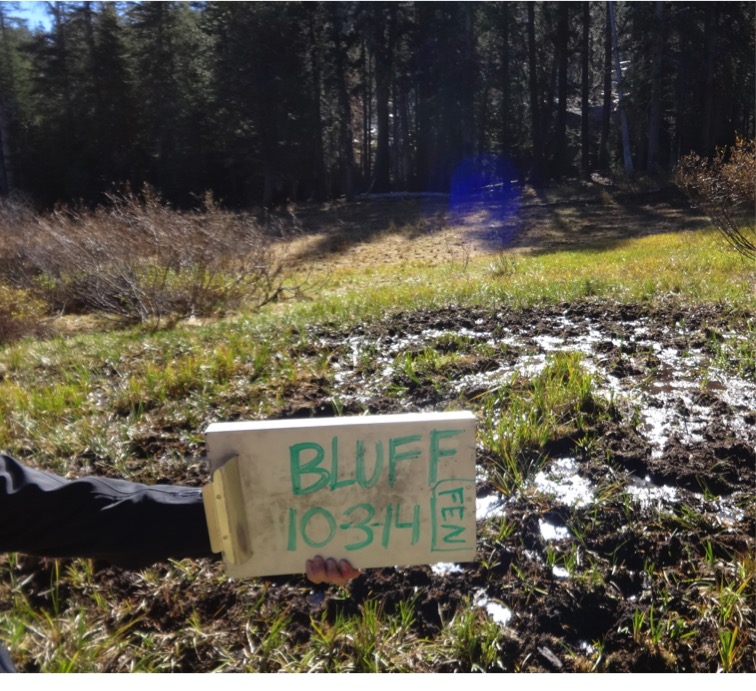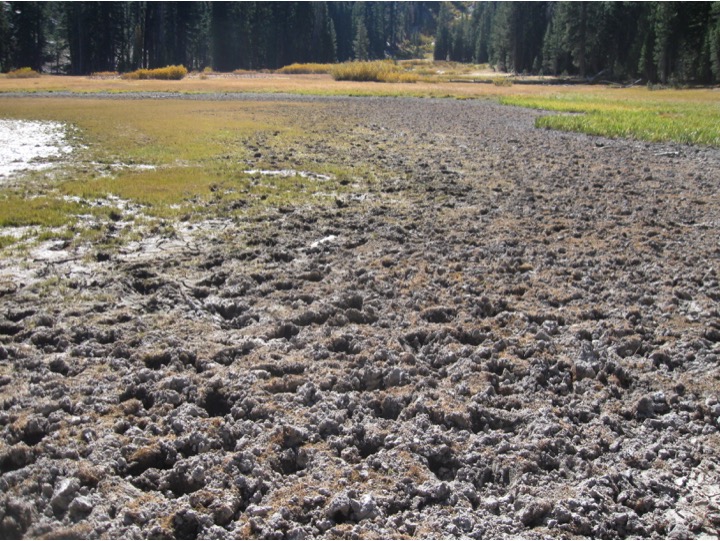For more than a decade CSERC and a number of other environmental groups have intensely engaged in a precedent-setting grazing management plan for 51,000 acres of public forest land east of Pinecrest. We’ve submitted written comments, filed appeals, spent countless days doing field monitoring, and carefully submitted alternatives that would cause less harm to meadows, water quality, and wildlife values.
A number of times we’ve reported in this newsletter about that Bell, Eagle, and Herring (BEH) allotments grazing plan – pointing out our frustrations over years of failed promises by the Forest Service that result in continued resource impacts.

Within the three grazing “allotments” that are the focus of the plan, CSERC staff has repeatedly photographed meadows, springs, fens, and stream areas that have been heavily over-grazed, trampled, and polluted by livestock. We have given the Forest Service annual photo reports with detailed measurements of grazing violations — some in areas that are critical habitat for threatened amphibian species.
We have also found that the Forest Service has consistently failed to comply with the agency’s requirement to monitor annual livestock use in meadows, to monitor streambank damage, and to monitor willow browse. Yet despite the agency’s failure to do mandated monitoring or to stop environmental damage, the proposed “new” BEH allotment management plan would allow the permittees to continue with exactly the same number of livestock and the same length of the grazing season that has produced so much resource harm.


